 Rendered eBooks
Rendered eBooks
The eBook Author has the opportunity to add to the reading experience. The eBook conversion process must be much more than converting a paper book to a digital format. It must take advantage of the power of the electronic reader.
The eBook author is defined as an author who is writing directly to the eBook platform. You can read more about this concept in my blog: eBook Author: New Breed of Author.
As an author, you must think about the reader and what he can do with the added features the eBook allows him to use. You must add to your content something of value for your readers.
You should include in-book links to help the reader enjoy the content. The eBook’s advanced features should be exploited. And you should think about the future of the eBook and the software and devices and plan for the changes in your research and writing.
Your eBook must be more than just a copy of a paper book. You must render your eBook to set the content apart from the paper version.
Think about the reader
The eBook author should think about the reader when he is rendering his eBook. The object is to improve the eBook reading experience.
Picture the reader of a paper book and some of the things they do while they are reading. Let’s explore the practice of Read back.
Read back is the action of the reader to go back through the content to look up information. The eBook can make this practice an easy and quick process.
I am a typical reader and some of the things I would like to be able to do while I am reading are: (I have included the rendered eBook solution.)
1. Read back: I would like to look up the definition of a word or a term.
Render: This is addressed directly by the e-reader’s dictionary and encyclopedia if it is a common word.
2. Read back: I would like to look up the definition of a word or term coined by the author or that is not in the standard dictionary.
Render: You can supply information in the appendix and link to it using bookmarks.
(see the in-book link section below)
3. Read back: I would like to see pictures of people, buildings and objects that I am reading about.
Render: As an eBook author, you can easily insert jpg files into the content during the rendering process and link to them.
4. Read back: I would like to actually see the locations that are referenced in the content.
Render: You can enclose Google Maps or better yet Google Earth snapshots. Just give them credit.
5. Read back: I would like to see an easy-to-access character tree.
Render: This is important if the eBook is large and has marginal characters that are revisited throughout the eBook.
6. Read back: Sometimes I would like a calendar of events so that I can keep track of where I am in the story.
Render: You can render a filled in calendar to support the reader.
As an eBook author, you can easily provide the reader these items by using the power of the e-reader’s links.
Use in-book links
In my eBook, Call Off the Dogs, I used four types of in-book links. In-book links are used to move the reader to content that is not online (no need to be connected to the Internet) but is included in the books appendix area.
The in-book links have an advantage because they do not interrupt the reader’s train of thought. This is important especially if the eBook is fiction. I have included Internet links to the example below for your reference.
The first type of in-book links I used were links which I called eBook Gems. The gems are terms I invented as part of the story.
For example, the main character, CIA agent Jonathon Stone, used a device to scan for bugs, GPS locators and bomb residue. It was called a waffle scanner (follow the link to view description) because of the texture of the back of the device. Well this was a figment of my imagination so I inserted in the content a quick symbol link for the reader to view a broader description of the device. The reader just clicked on the symbol and reviewed the information. Then he pressed the Back button and continued reading.
The second type of in-book links were brief definitions from Wikipedia. The reader could click on an underlined link and view a short summary of the topic. (You need to give credit to Wikipedia to use this feature – see their guidelines on their site.)
For example, one of the locations used in the novel was Belmont Shore, California. (follow the link to view the definition and the credit statement) I enclosed a brief description from Wikipedia about the location and the area around Belmont Shore to inform the reader.
The third type of in-book link was a link to a map from Google Earth which showed the location of part of the story. (Again you need to give credit to Google Earth to use this feature – see their guidelines on their site.)
For example, Call Off the Dogs is a novel about the assassination of President Kennedy. It discusses Dealey Plaza (follow the link to view an aerial map) in Dallas where the assassination took place. I captured an aerial view of the plaza and inserted building references so the reader could visualize the scene.
The fourth type of in-book link was the insertion of a picture of an object to assist the reader in the visualization of the content. A digital picture (jpg file) was quickly added to the appendix and linked so the reader could view it.
For example, one of the objects in Call Off the Dogs was a reference to a Wild Hog Trophy. (follow the link to view the digital picture)
Also, I have included extra information to help explain the in-book concept. Follow the next link to the reader reference material in Call Off the Dogs. The section in the eBook was entitled the eBook Experience Notes.
Think to the future
I am sure authors will start to render their back-list titles to add value to their writing. Although it is time consuming, the information gathering process for rendering can be incorporated in the research of your eBook.
I wrote Call Off the Dogs in MS-Word and put my research notes at the back of the document. When I was done with my first draft, I started adding bookmarks to the important items. That made the in-book link part of the rendering easy.
Enhanced eBooks are coming. We are starting to see them appear in selected books on the iPad. They include maps, graphs, pictures and video and author information is expanded to give the reader an insight into the author’s thinking process.
As other e-reader devices come up to speed with their software and hardware, enhanced eBooks will one day be commonplace.
eBook Rendering is coming
But for now, rendering the standard eBook would greatly improve the eBook experience. The eBook author is the key. Remember you are in the creativity business. Rendering is an opportunity to set you apart from the traditional author.
I encourage comments and feedback on this. I believe this is an important concept.
Book Information
Call Off The Dogs
By: James Moushon
Published By: November 2010
ISBN: 978-1-4507-4529-1 ASIN:B004AYCTI8
Available at Amazon in eBook Format
Genre: Fiction, Alternative History
To contact me directly, email: jrm@hbspub.com
Get an Editorial Review | Get Amazon Sales & Reviews | Get Edited | Get Beta Readers | Enter the SPR Book Awards | Other Marketing Services








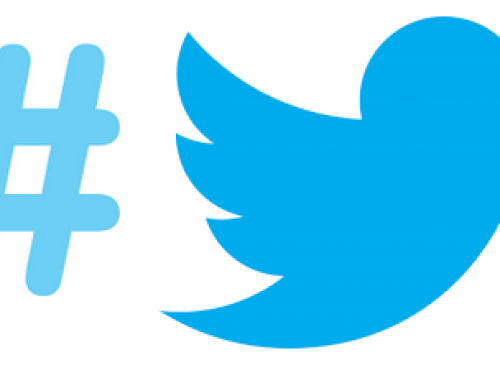

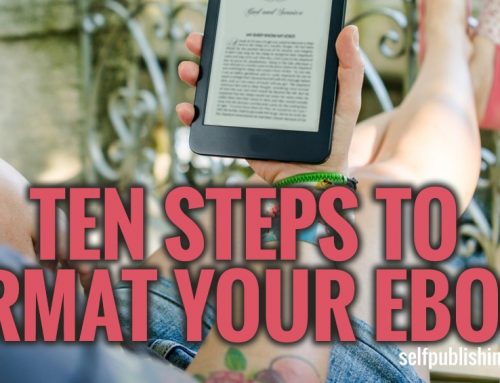
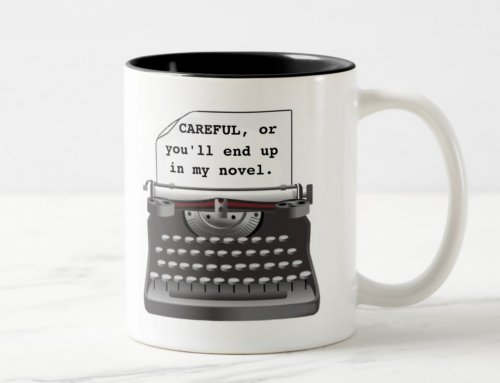
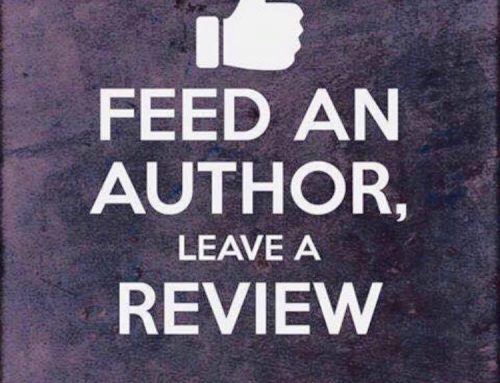
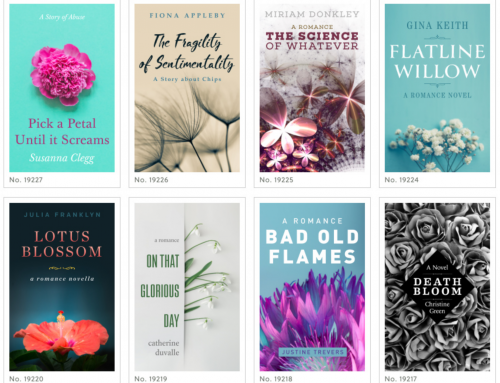
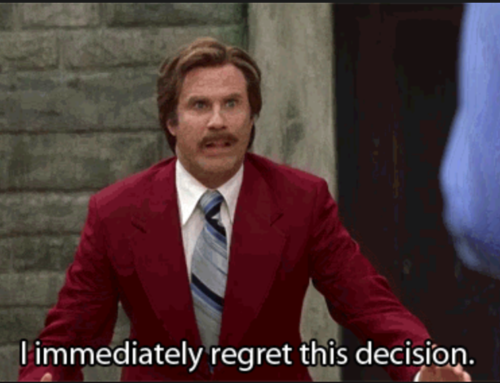
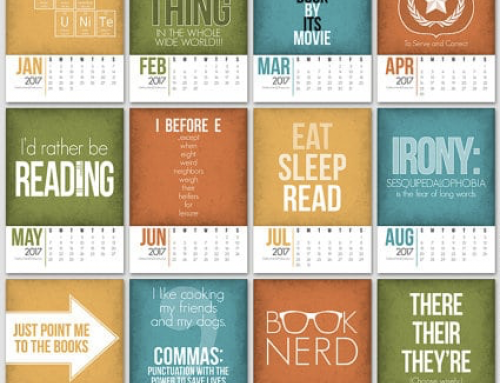
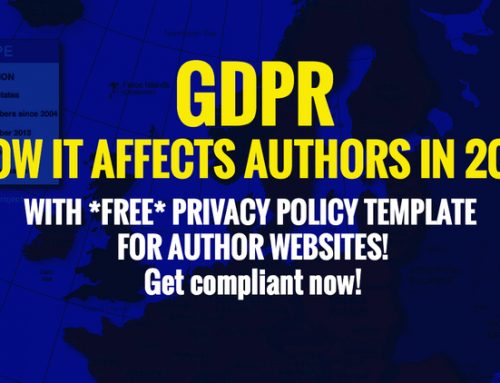
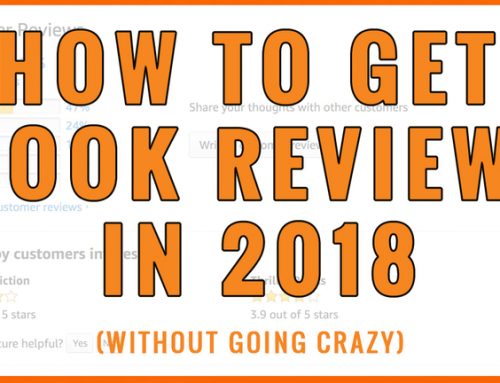
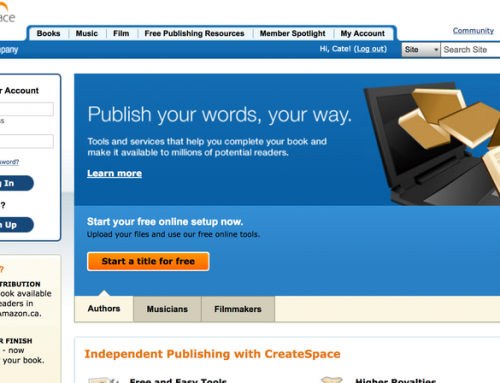
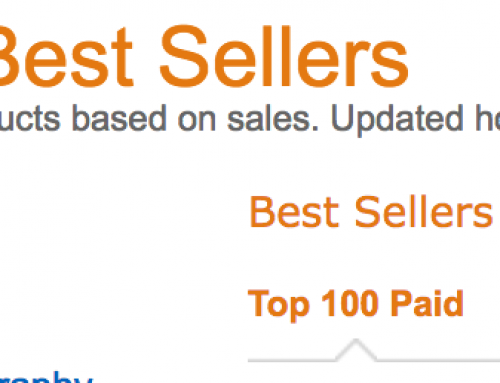

Why do I get an image of Dick and Jane readers from this post? Why do I feel that your idea of a book is guided by people who don’t read much and can’t easily follow pages of text? I know that “enhanced” books are a big concept these days, but I’m beginning to wonder if this wave of the future is, even if not explicitly, aimed at an increasingly semi-literate audience.
Thanks for the comment. The concept is very simple. The post was created to inform and motivate the eBook author to enrich his ebook product. I probably should have used a non-fiction book as an example.
Picture a web surfer reading a post or a page and the multitude of links they may encounter that the content provider has added to the post. I believe the digital book will move toward the internet process in the very near future.
Rendering with links is a process the eBook author can add now to his ebook. Enriching the ebook with video, picture and items like that is a much higher level and much more expensive. Of course, enriching means color and we still have 70% of the readers in the grayscale world.
Until I read this post, I’d never encountered the phrase “rendering eBooks,” but I think it’s a great idea and will give value to eBooks that dead-tree books can never have. I’m not worried about the Dick and Jane readers (although I see Catana’s point). I’m thinking about the readers who are so involved in the written story that they want more and click on that link right now. The only way a reader of a paper book can get that is by waiting for the sequel or the movie.
Thanks for your comment. Actually I put some thought into the extra work this would create for eBook authors. We are talking about in-book links and in-book information. (Nothing that requires a wi-fi or 3G connection)
A printed book that is being converted to an ebook would involve a complete review of the digital version and the insertion of extra information with links to the end of the book just like footnotes in a traditional book. I can see where this could be something the author himself might not want to take on.
However, the eBook author for example, who is in the process of creating his ebook can include his notes and research in the back of the ebook document as he writes along. After the book is complete he can go back to this information and clean it up and link to it, if it adds value to the reading experience.
In by novel, Call Off the Dogs, I used Wikipedia and Google for my research and just copy and pasted excerpts into the back of my Word document. You can see a sample on my website, http://www.hbspub.com.
Thank you James for helping to broaden everyone’s understanding of the eBook experience. After publishing my first novel last October in paperback, I’ve been working to format my manuscript per the guidelines at Smashwords. But the overriding message there seems to be “keep it simple”. I think this is mainly due to the reader’s ability to customize their own experience, and the way that different platforms handle the display of text and graphics. Are you aware of any resources that would help authors plan for the unique features of different eBook formats and platforms?
Thanks for your comment. Rendering is an easy process and it appears to fit most of the formats and platforms at the least Amazon, Nook and Smashwords, which is the majority of the action.
Probable the top resource is Joel Friedlander from http://www.thebookdesigner.com/ for information on the design of ebooks. He is a continuing source of information. Also he is in the business of helping authors with their books and ebooks. I would start there first.